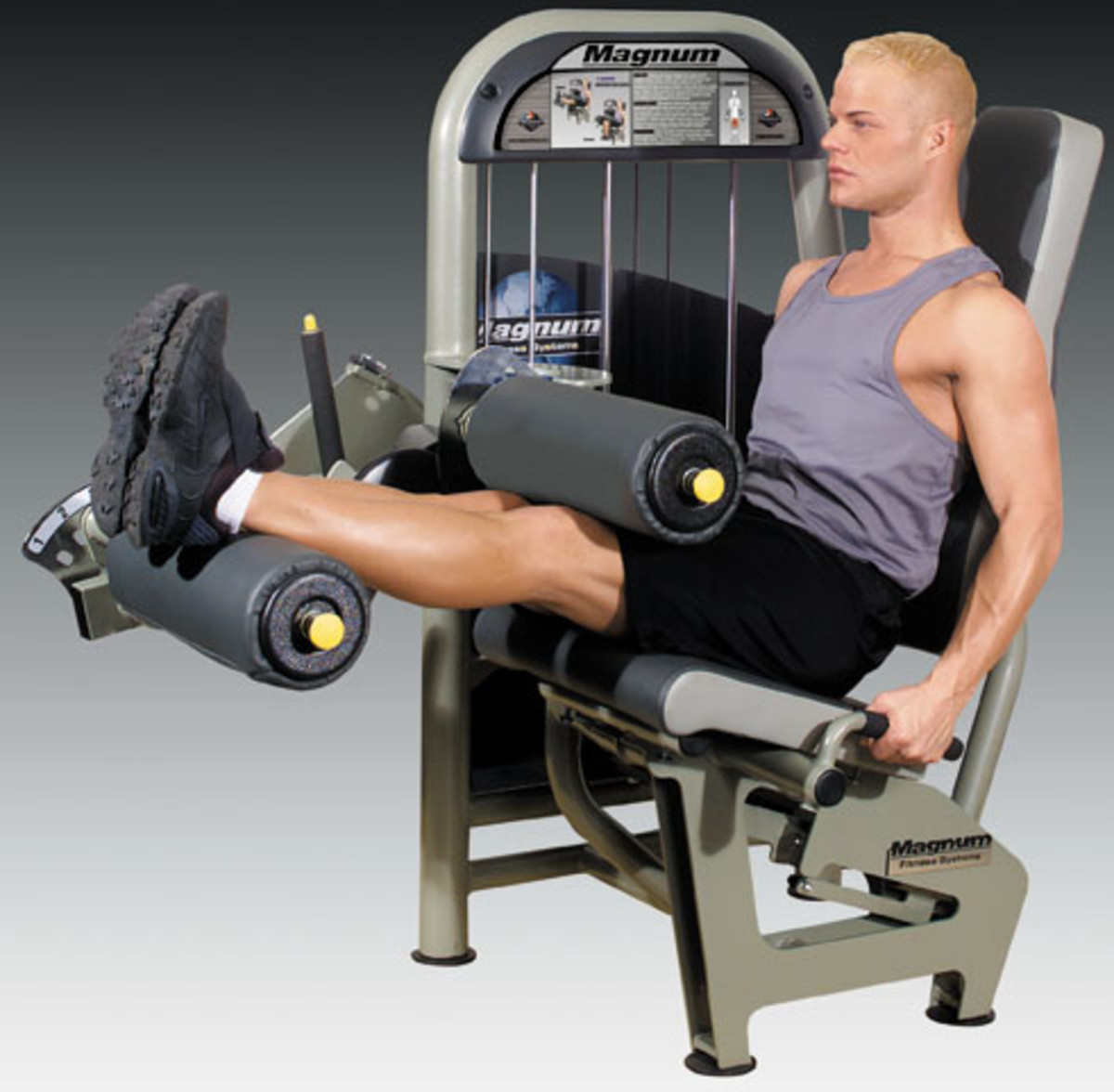Weight Training Laws: Law of Overcompensation, Overload, Law of Individual Differences, and Law of Adaptation
Law of Overcompensation
Law of overcompensation is also referred to as law of super-compensation. According to me, this law explains why weight and resistance training works. A muscle grows in response to heavy resistance training is that the body is stressed by this type of training. Lacerated tissue develops scar tissue. The body always seeks to minimize stress. One way to do this is to increase a muscle’s ability to handle a particular load by increasing its size and ability to meet it. The result of this process is that if the next time original load is encountered by the muscle, the load will feel lighter and the body is happy. It is nothing more than a survival mechanism built into the genetic code of a person.
Overload Law of Weight Training
This follows the overcompensation law. It is obvious that in order for over and super-compensation to occur repeatedly, greater stresses must be encountered in a progressively increasing manner, once a muscle has overcompensated, a new, higher stress than the one responsible for the original growth must be introduced to force the process to repeat. There are basically two general ways to increase stress during training and those are either by increasing the volume encountered (the total amount of work performed) or by increasing the intensity of the applied stress.

Law of Individual Differences:
It means that everyone is unique due to genetic differences, and, therefore, will respond differently to similar training stimuli. There is nothing as a “magic program” that will provide the best gains for everyone. Though any particular training method will elicit similar responses in any individual, the magnitude, rate, and other characteristics of that response will vary greatly among the population. This fact makes it essential for a training system to allow for individualization of the prescribed method of a program to allow for such things as different recovery rates, tolerances to exercise, fiber compositions, etc. In addition, this law implies that some training methods may benefit some individuals to a greater degree than others. This is why it does not make sense to copy the program of someone else just because it works for them.
Law of Specific Adaptation to Imposed Demands
Also called SAID, a specific type of stress applied dictates the specific adaptation that will occur. If you train for endurance by using light weights and high reps, you will primarily increase your endurance, not your strength and vice versa. Further, since the body’s recovery ability is limited, training for two types of objectives will detract from the effectiveness of one another. That’s why when someone tells you that their program will increase muscle, endurance, and speed all at the same time, you can laugh at them. The SAID principle means that we train for specific goals during specific periods of time before moving on to other desired objectives. The trick is to train those objectives first that enhance the effectiveness of future training method and to include just enough of the earlier method to avoid losing the benefits we just acquired. It also means that if a particular type of growth or strength is desired we must train in a manner specific to targeting that type of growth or strength.
General Adaptation Syndrome Law
Our body’s response to any type of stress has both similar characteristics and unique characteristics based on the type of stress, but most importantly, the ultimate eresponse comes in 3 stages:
- Alarm
- Resistance
- Exhaustion
Since all stress produces similar responses in the body as all other types of stress, multiple stresses reduce the body’s ability to adapt to any one stress like muscular gains. Due to weight training, we will be hindered by stress caused from work-related difficulties. If stress repeatedly continues before adaptation can occur, exhaustion sets in as the body is unable to cope with the stresses applied. Therefore, training sessions must be scheduled in such a way that cumulative fatigue is not able to be build up to a point leading to exhaustion. There must be a period of low intensity training or complete rest following periods of high intensity training.








